East Coast Office Sector Trends: AREP Executives Weigh In
Paul Schulman and Brian Katz discuss challenges, strategy and expectations for the office market.
Office has been struggling for the past couple of years and recent tech layoffs are only adding to the uncertainty across the sector. The national office vacancy rate was 16.2 percent in November, up 110 basis points from the same time in 2021, according to a recent CommercialEdge report. Today, investors in the sector need to be agile and focus on ways to strengthen their portfolios.
With more than 20 office properties across six East Coast markets and roughly 20 million square feet of commercial real estate assets acquired and traded since 2003, American Real Estate Partners has been an active player in the office market. Although the firm’s portfolio has diversified significantly in the past few years as hybrid work grew in popularity, Co-Founder & President Brian Katz still believes in the office sector long term.
“The overarching theme in the office sector right now is the flight to quality, and I don’t see that changing anytime soon,” Principal & Chief Operating Officer Paul Schulman told Commercial Property Executive.
The two executives shared their views on the changes occurring in the office sector, provided solutions to the challenges plaguing it, and detailed AREP’s focus going forward.
READ ALSO: What Makes a Successful Office Investment Strategy Today—Nuveen
How would you describe the changes that the office sector underwent in the past couple of years, considering the impact of the pandemic and the macroeconomic dynamics?
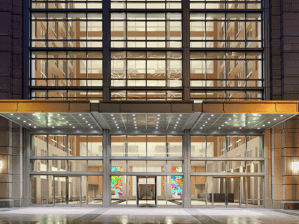
1625 Eye St., a 404,814-square-foot trophy office building in Washington, D.C., that AREP owns. Image courtesy of AREP
Schulman: When it comes to the office sector across all U.S. markets, there is a significant dislocation with the capital markets due to rapidly rising interest rates and challenges in underwriting office investments. Office transactions aren’t happening unless it is a long-term, fully leased core asset to credit tenants. Furthermore, hopes of a return to office mirroring pre-pandemic occupancy has pivoted to acknowledging that hybrid strategies will be prevalent for some time.
Additionally, more tenants are moving to trophy buildings with world-class amenities. For building owners to add value to an office building, it’s not enough anymore to deliver Class A property—it must be repositioned into a trophy. Because of these recent trends, we don’t see many opportunities in the short term for pure office acquisitions, with few exceptions.
At AREP, we still believe in the office long term, but the paradigm has shifted as far as what tenants want. Since the age of hybrid work is upon us, as three-quarters of companies surveyed by CBRE have formalized hybrid work policies, AREP is now seeking well-located properties that would be better used as an alternative or adaptive reuse, such as residential.
In 2022, we used this strategy to secure an office-to-apartment conversion in Alexandria, Va., that will contain approximately 200 apartments and 17,500 square feet of retail and coworking amenity space.
Are there any specific challenges across the East Coast office market?
Schulman: The challenges facing the East Coast office market are largely universal. Despite lagging the Southeast and Southwest markets in physical occupancy—mainly due to more stringent COVID-19 policies—all markets are struggling with depressed leasing activity. The primary theme we are seeing across all U.S. markets right now is the flight to quality. To keep up with post-pandemic trends, property owners have an opportunity to re-envision how experiential placemaking is done and reposition their office buildings as trophy properties.
Landlords should also be open to the fact that their assets may be more valuable as multifamily or other alternative uses. In 2021, we saw a record number of apartment conversions. In the age of hybrid work, developing residential units with more space to work from home may be smarter than adding amenities to office space that can’t compete.
READ ALSO: Where to Find Opportunities as Economy Slows
How has occupancy across your office portfolio fluctuated since 2019?
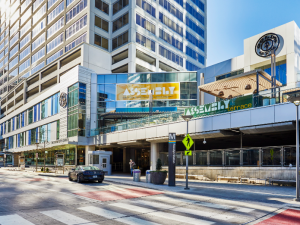
Rosslyn City Center, a 410,843-square-foot office property in Arlington, Va., owned by AREP. Image courtesy of AREP
Schulman: AREP has continued to retain and attract tenants throughout our portfolio. As of December, we had leased approximately 70 percent more rentable square feet than we did in 2021.
One trend we are starting to see because of hybrid work is that tenants who transacted early in the pandemic underestimated how much space they need going forward. We have tenants who recently rolled out their hybrid plan and saw that most employees return to the office on the same days, typically Tuesday through Thursday—and realized they need the same or a similar amount of space as they previously occupied.
The major takeaway is that the flight-to-quality will continue. Simply put, the best buildings in the best locations, with the best amenities will continue to outperform the rest of the market in 2023. The top assets will disproportionately lease versus the rest of the market. For example, our suburban Philadelphia portfolio remained very strong in both 2021 and 2022.
We have continued to see a lot of leasing activity with our newly developed trophy property, Seven Tower Bridge, which was delivered during the pandemic and is now 93 percent leased.
Based on your experience, which East Coast markets do you believe have the most potential for investment today?
Katz: On the East Coast, we have been focused on the Southeast market for investment across each of the four asset classes that make up our mandate. As an example, both Green Street and PERE have reported Raleigh-Durham, N.C., as a market to watch due to the trajectory of its population growth and the potential impact of the hybrid work environment.
However, we believe that office occupancy is unlikely to return to 2019 levels, which is why AREP continues to diversify its portfolio with industrial, data center and residential investments in these markets.
Please name a few of your latest investments in the office sector, and tell us what made those assets stand out.
Katz: Our strategic investment focus targets industrial, data center, residential and office assets across East Coast urban and urbanized suburban markets and we have made several thoughtful, informed investments last year. Paul mentioned our office-to-apartment conversion in Old Town Alexandria, which was our fifth investment through AREP’s Strategic Opportunity Fund III this year. We recently invested in the logistics and distribution market, acquiring a fully leased 1,015,740-square-foot industrial property in the Middletown submarket in Delaware, along the Interstate 95 corridor.
AREP focuses a lot on wellness and putting in place high standards. How is this approach visible throughout your portfolio?
Schulman: Wellness is foundational to everything we do from the very beginning and at every single property. Not only is our entire portfolio WELL Health-Safety rated, but AREP is also the first commercial real estate company in the U.S. to achieve the U.L. Healthy Buildings Verification for indoor air and water portfolio-wide. Our buildings have also earned LEED, WiredScore and Fitwel certifications.
We intentionally develop each AREP property to amplify the balance of nature, incorporating natural light and flexible indoor and outdoor spaces to provide physical environments that support our tenants’ needs. Our tenant experience app provides customized programming, further emphasizing our commitment to creating connected and value-rich workplaces where people feel and perform at their best.
READ ALSO: Green Building: Pathway to Profit and Resiliency
Do you plan to grow your office portfolio in the future? If so, what type of office assets are you targeting?
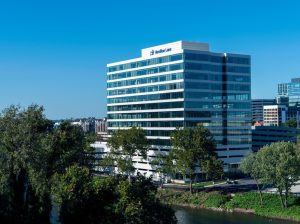
Seven Tower Bridge, a 260,000-square-foot trophy office building in Conshohocken, Pa. Image courtesy of AREP
Katz: We still believe in the office long term, despite recent changes in the market. We are an opportunistic, value-add buyer that believes the flight to quality is a sustainable long-term trend. When expanding in the future, assets must be trophy-level or have the potential for adaptive reuse.
Our team has proven that we can deliver world-class assets through a diverse portfolio across multiple markets. We are constantly monitoring the market and will continue to make meaningful investments that draw people back to the office.
What are some of your predictions for the East Coast office market for the next 12 months?
Schulman: Tenants have become more confident in their hybrid workplace strategies, making it more important for property owners to take a holistic approach to provide a quality workplace to capture absorption. We will see more landlords emphasize wellness to draw people back to the office.
When it comes to rent, in specific markets we’re seeing rent growth in some of our highest-quality assets, but overall, we think rents will remain flat into 2023. Additionally, in many of our markets right now, concessions are at an all-time high. And although we don’t think there will be a meaningful improvement in concessions, we don’t see them worsening in 2023. The bottom line: Stay agile!




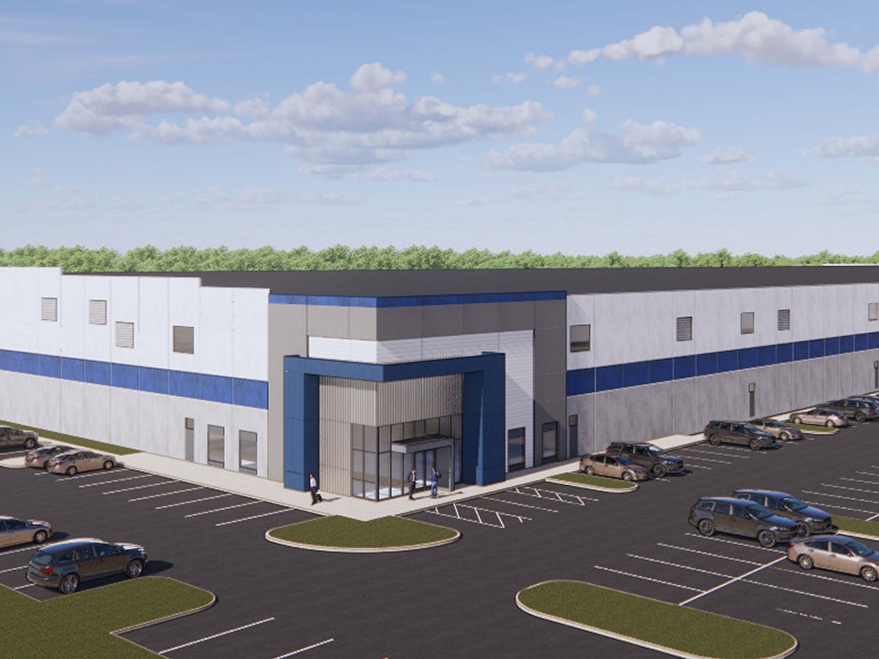

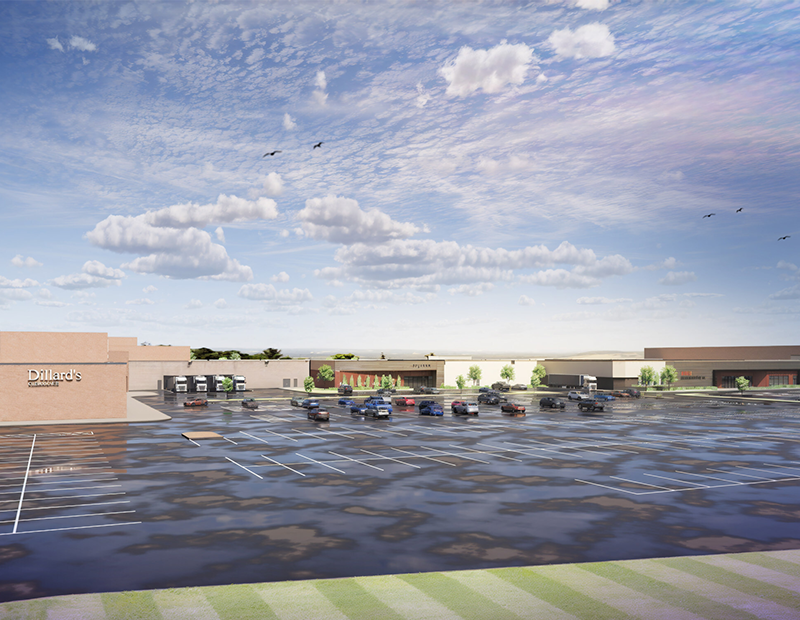

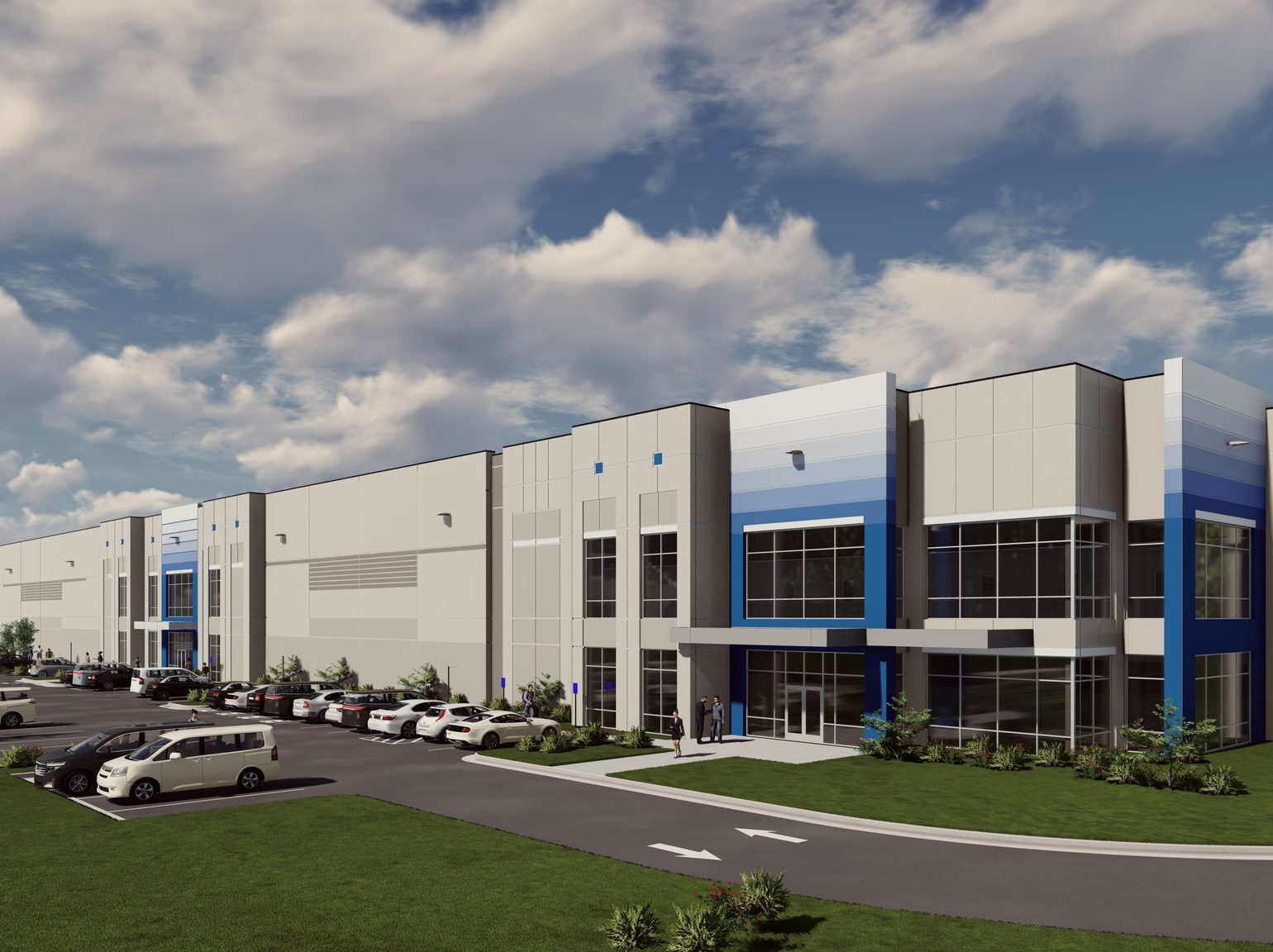
You must be logged in to post a comment.